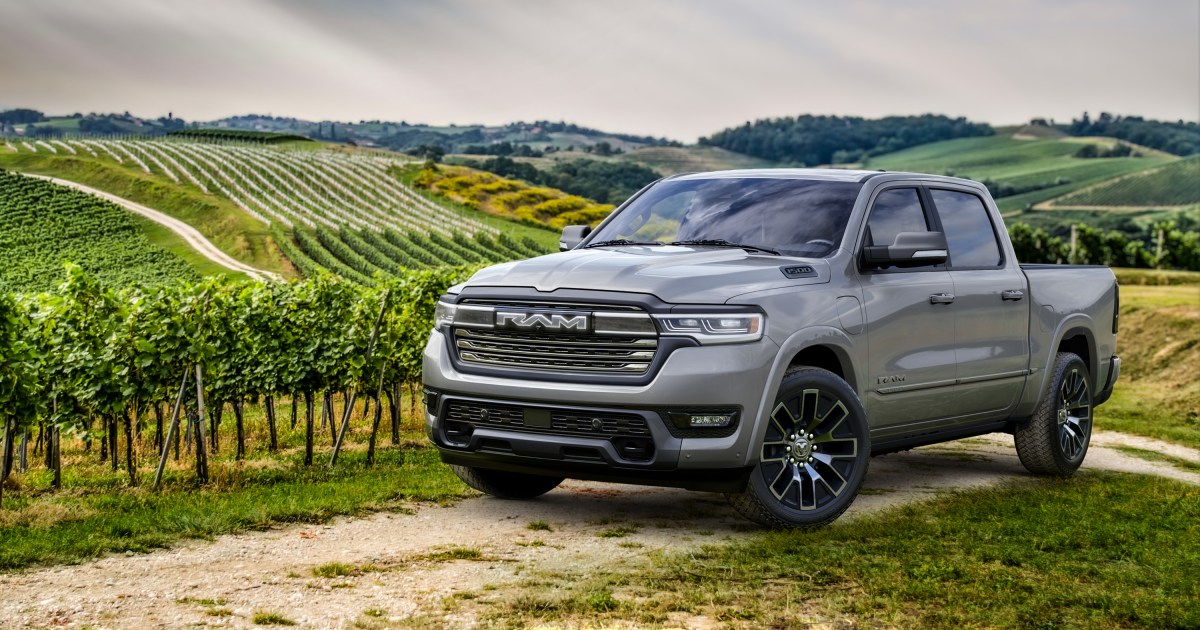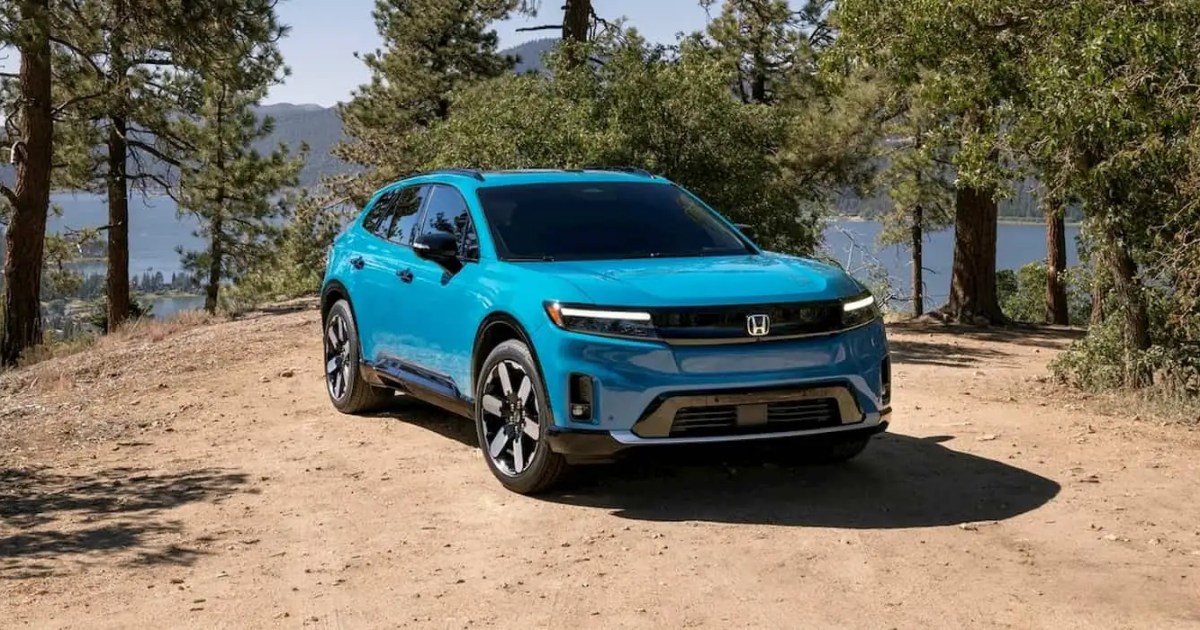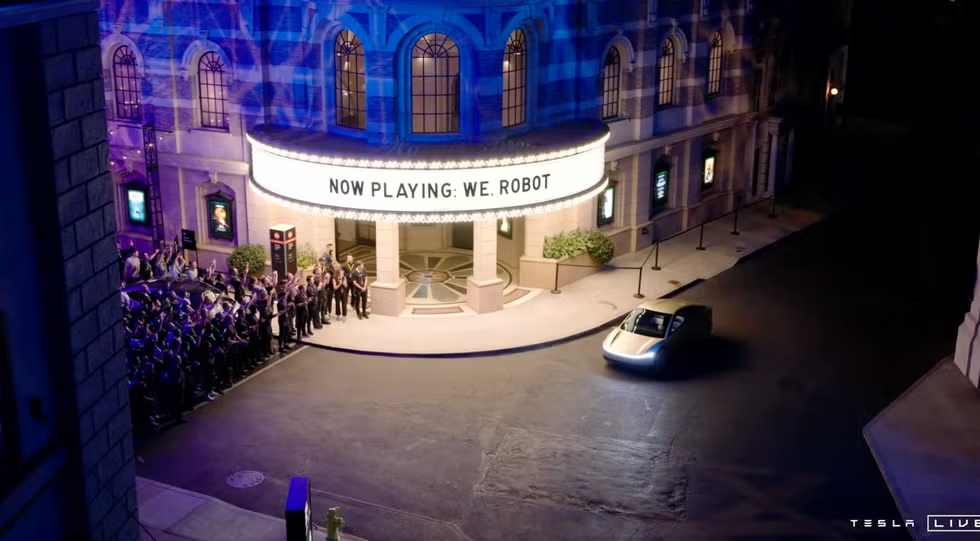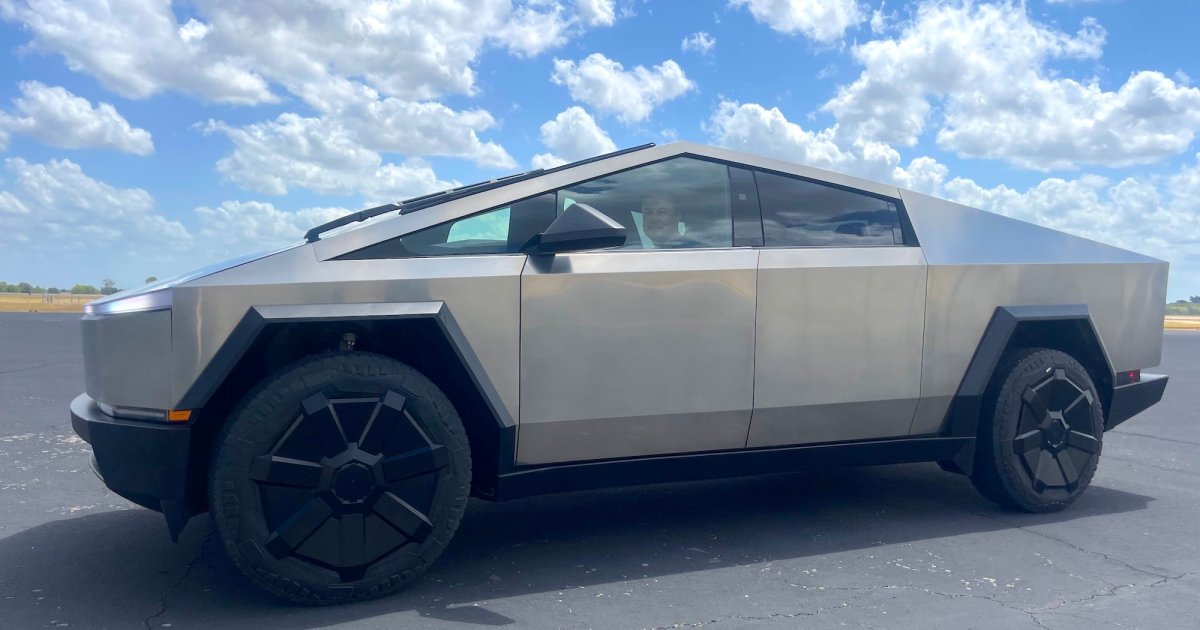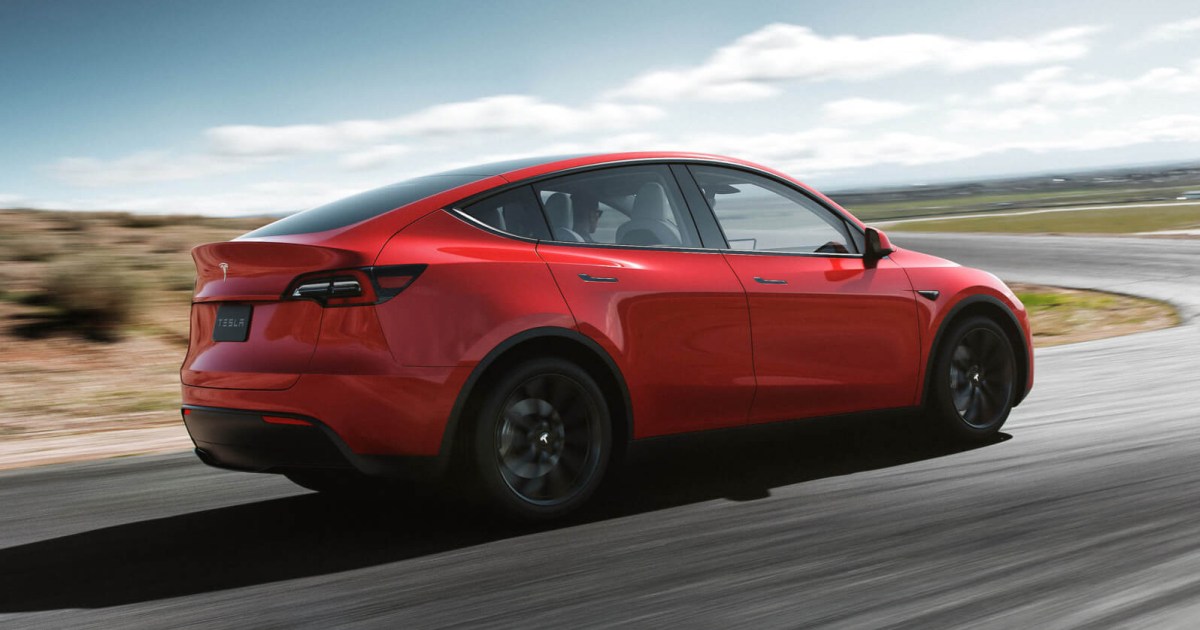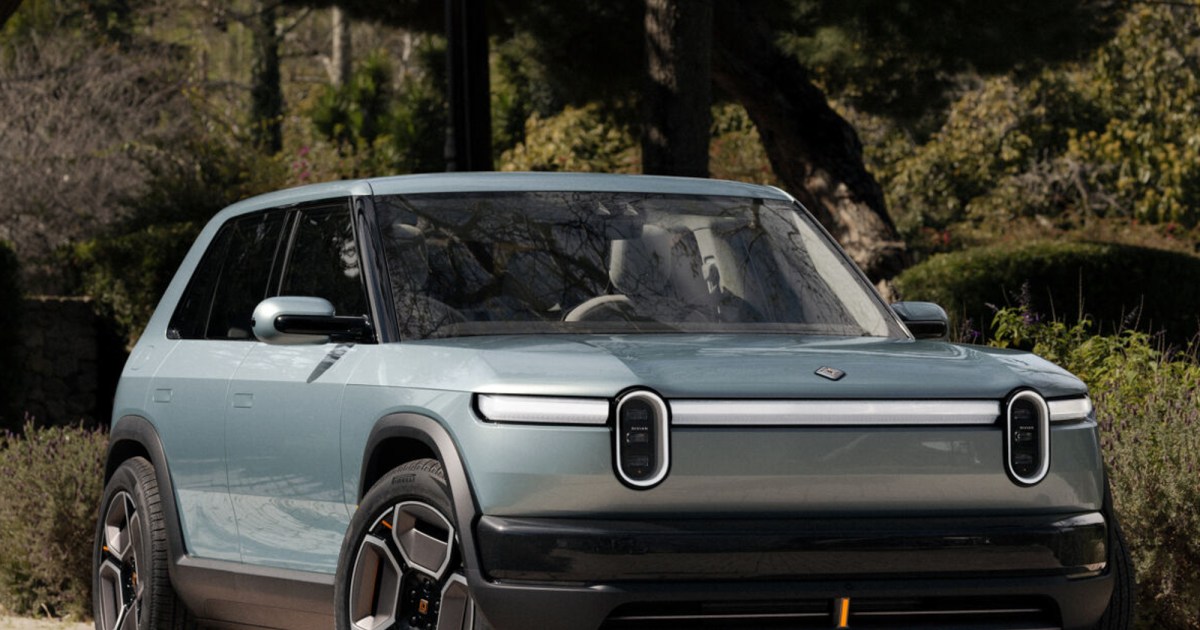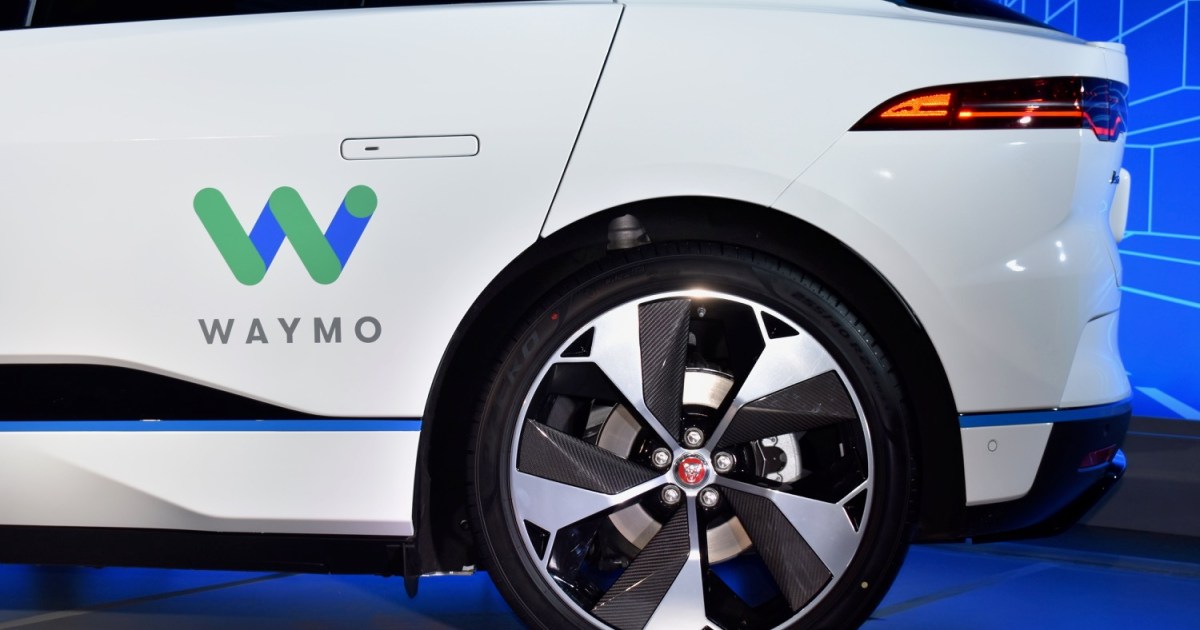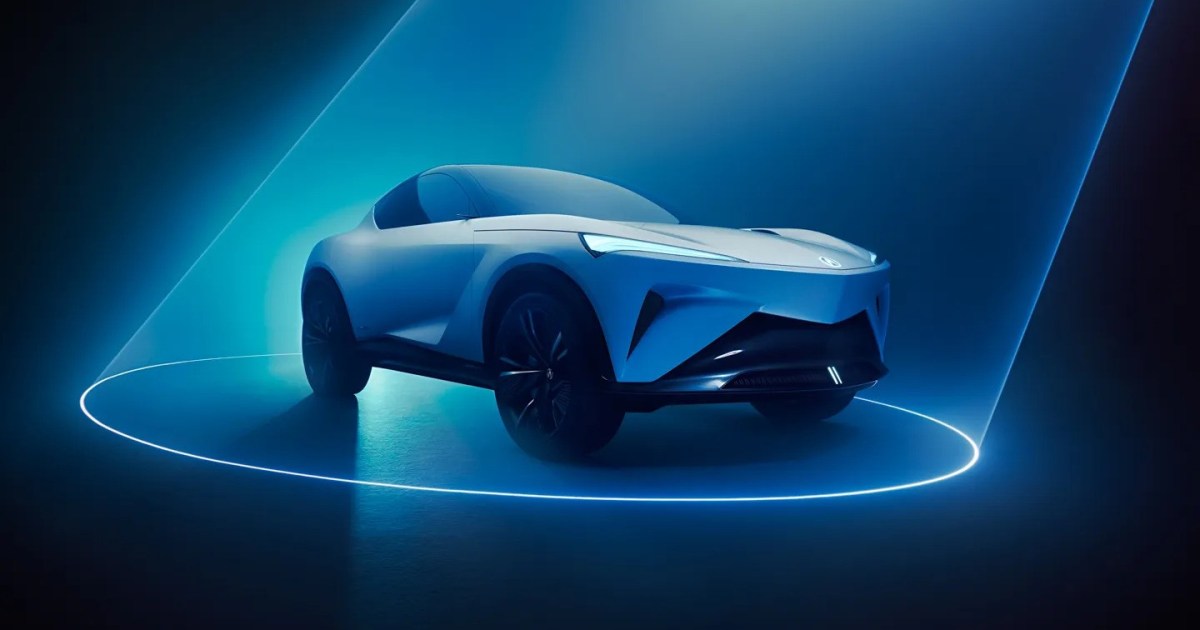Stellantis, the automotive giant behind brands like Jeep, Dodge, and Ram, is making significant investments to enhance the range of its hybrid and electric vehicles (EVs). This commitment is evident in two key initiatives: a new EV platform and advanced wind tunnel testing.
Investing in Aerodynamics and Range
Last month, Stellantis invested nearly $30 million in a cutting-edge wind tunnel at its Auburn Hills, Michigan research center. This facility will be instrumental in analyzing airflow around vehicles, particularly focusing on wheels and tires. By optimizing aerodynamics, Stellantis aims to further extend the range of its EVs.
Introducing the STLA Frame Platform
Stellantis has also unveiled its new STLA Frame platform, designed specifically for full-size trucks and SUVs. This platform promises impressive range capabilities: up to 690 miles for Extended Range Electric Vehicles (EREVs) and 500 miles for Battery Electric Vehicles (BEVs).
CEO Carlos Tavares emphasized the importance of these “no compromise” solutions for buyers hesitant to embrace EVs. He expressed excitement about the platform’s potential, anticipating its integration into upcoming Jeep and Ram models.
The upcoming Ram 1500 Ramcharger, slated for release in early 2025, will be among the first vehicles to utilize the STLA Frame platform.
The Rise of Extended Range EVs
Stellantis joins a growing number of manufacturers, including Scout Motors, Hyundai, and Ford, who are focusing on EREVs. These vehicles combine an electric motor with a smaller combustion engine that serves as a generator, extending the vehicle’s range.
Power and Capability
The STLA Frame platform prioritizes both range and capability. Vehicles built on this platform are engineered to tow or haul heavy loads up to 14,000 pounds over long distances without compromising range. They also boast a 24-inch water fording capability, ensuring performance in challenging conditions.
Fast Charging for BEVs
Stellantis’ BEVs on the STLA Frame platform will feature an 800-volt architecture, enabling rapid charging. Drivers can add 100 miles of range in just 10 minutes, minimizing downtime.
Conclusion: A Future-Focused Approach
Stellantis’ investment in both aerodynamic research and the STLA Frame platform underscores its commitment to advancing EV technology. By focusing on range, capability, and fast charging, Stellantis is positioning itself to meet the evolving needs of EV consumers. This strategy is likely to attract a wider range of buyers, including those previously hesitant to transition to electric vehicles.



